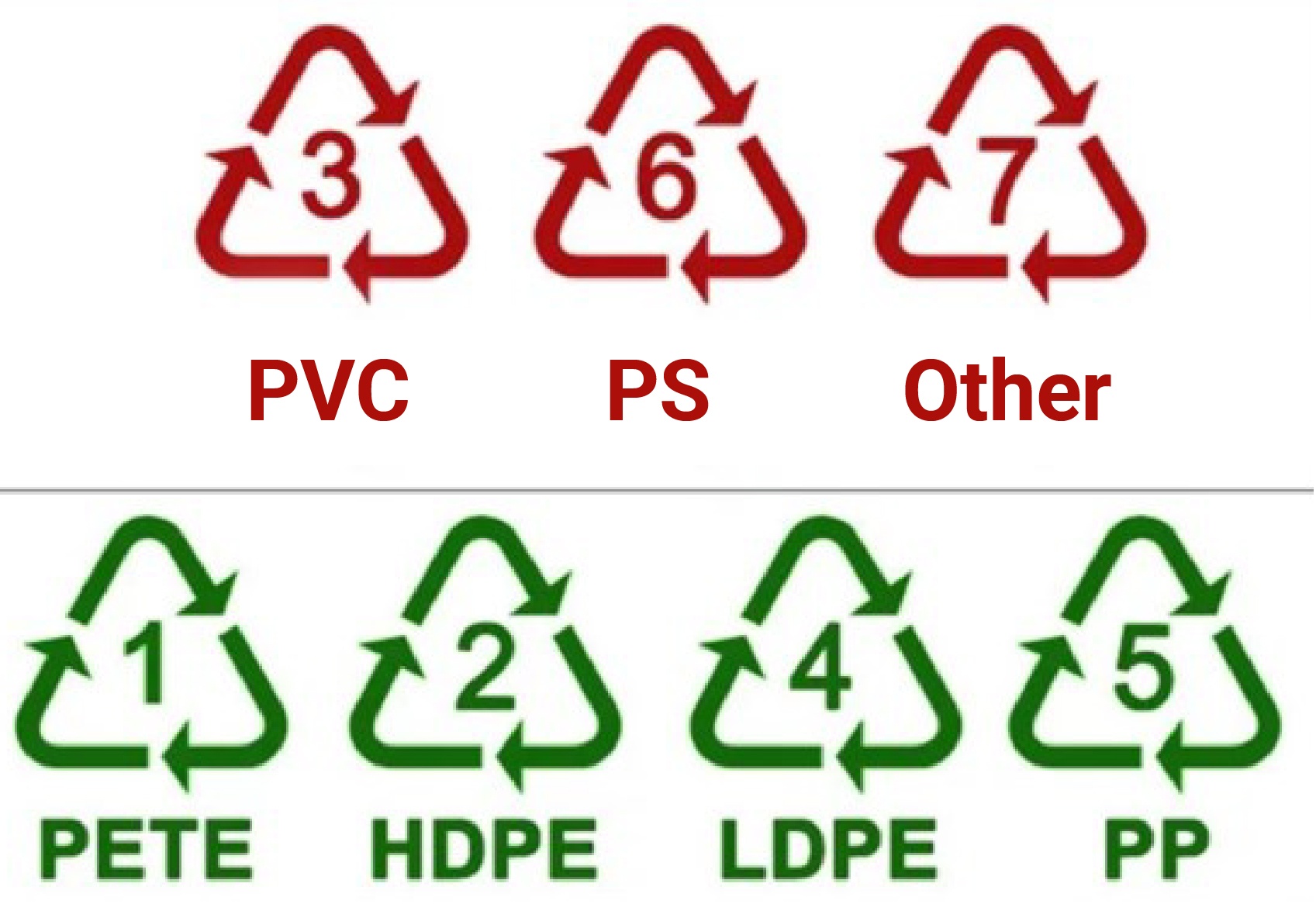Plastic knowledge
How to identify safe for health plastics
Plastics are used in a wide range of products, from food packaging to children’s toys. Identifying safe plastics is important to ensure the health and safety of consumers. By identifying safe plastics, consumers can make informed choices about the products they use and reduce their exposure to harmful substances.
I. What is safe for health plastic ?
Safe plastics are materials specifically designed to minimize health risks and environmental impacts. These plastics are typically free of harmful chemicals such as bisphenol A (BPA) and phthalates, which can leach into food and drinks.
II. How to identify safe plastics
1. Identify safe plastics based on recycling codes
The recycling code, also known as the material identification code, is the number inside the recycling symbol on the bottom of the container. The numbers range from 1 to 7, and each number corresponds to a different type of plastic. In general, numbers 1, 2, 4 and 5 are considered safe for food and beverage use, while numbers 3, 6 and 7 should be avoided when possible.

a. Safe plastics
- Number 1 – PET (Polyethylene terephthalate): used primarily to make beverage bottles. PET is safe, however, PET should not be reused; do not use it to store water or hot food.
- Number 2 – HDPE (high density polyethylene): used to make milk bottles, detergent bottles and plastic bags. HDPE is a type of plastic with high safety, high durability, good heat resistance, good chemical resistance. HDPE is recommended for long-term food storage.
- Number 4 – LDPE (low density polyethylene): used to make food bags, plastic gloves and some types of plastic wrap. LDPE is safe for use with food. LDPE plastic is chemically inert but heat-resistant, so limit exposure to high temperatures.
- Number 5 – PP (polypropylene): used to make food containers, soft bottles. PP plastic is safe for health. PP can withstand temperatures up to 150 – 170oC.
b. Unsafe plastics (avoid using with food)
- Number 3 – PVC (Polyvinyl chloride): sometimes used in food packaging. PVC can release toxic chemicals such as phthalates and dioxins.
- Number 6 – PS (Polystyrene) plastic: often used in disposable cups and food containers, can release styrene which is linked to cancer and reproductive problems when exposed to high temperatures.
- Number 7 – PC (polycarbonate) plastic and other common plastics: PC plastic is often used to produce plastic cans and food containers. PC plastics can release BPA which is linked to hormonal imbalances and other health problems when exposed to high temperatures. The remaining plastics in group 7 need to be identified by other methods for safe use.
2. Identify safe plastics depending on the intended use
In addition to looking at the recycling code, it is important to consider the type of plastic and its intended use. Some plastic products also have symbols that guide users on proper use:
- Microwave symbol: can be used in microwave ovens.
- Cup and plate symbol: safe for food storage.
- Snowflake symbol: can be used in the freezer.
- Dishwasher symbol: can be used in the dishwasher.

3. Products labeled BPA free
Another way to identify safe plastics is to look for products labeled BPA free. BPA is a chemical commonly found in plastics that has been linked to health problems, so choosing BPA-free products can help reduce your exposure to this harmful chemical.

